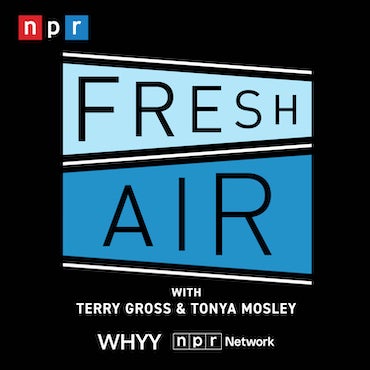Furness’ architecture right at home among Philly’s engineering crowd [photos]
-
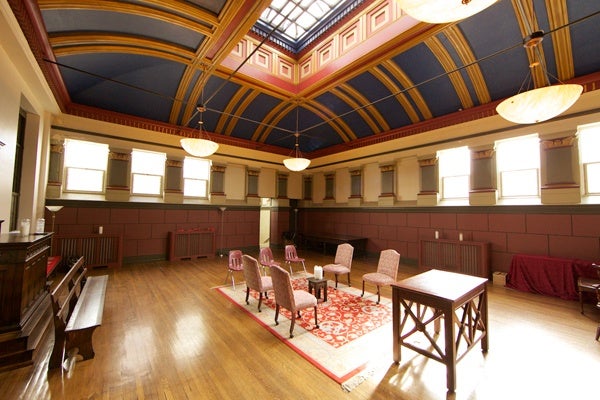
<p>In 1875, Furness and Hewitt designed the chapel and parish house next to the Church of St. Luke and the Epiphany on 13th Street in Center City Philadelphia. (Nathaniel Hamilton/for NewsWorks)</p>
-
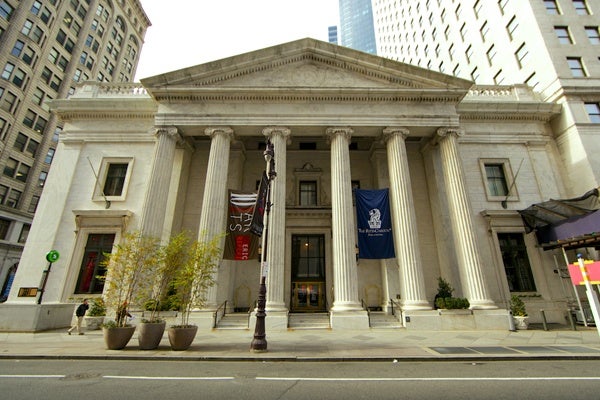
<p>The Girard Trust Company Building, at Broad and Chestnut streets in Philadelphia, was designed by Frank Furness but stolen and built by his partner Allen Evans in 1905. (Nathaniel Hamilton/for NewsWorks)</p>
-
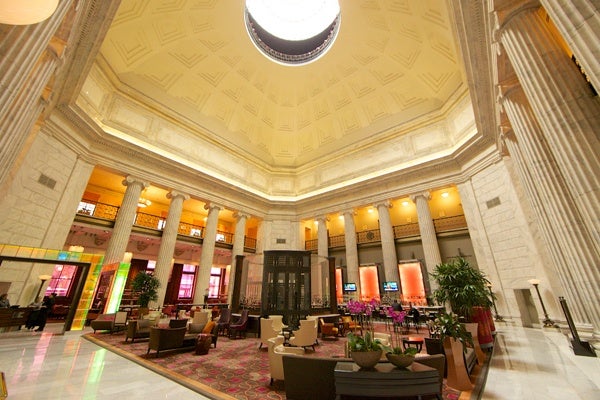
<p>For the Girard Trust Co. Building in Philadelphia, Furness adhered to his typical bank design with a tightly framed entrance opening into a vast hall lighted from above. (Nathaniel Hamilton/for NewsWorks)</p>
-
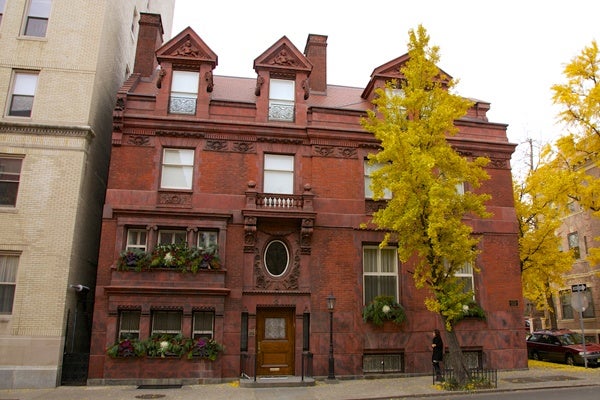
<p>The Horace Jayne House, designed by Frank Furness and Allen Evans, was built in 1895 on the corner of 19th and Delancey streets in Philadelphia. (Nathaniel Hamilton/for NewsWorks)</p>
-
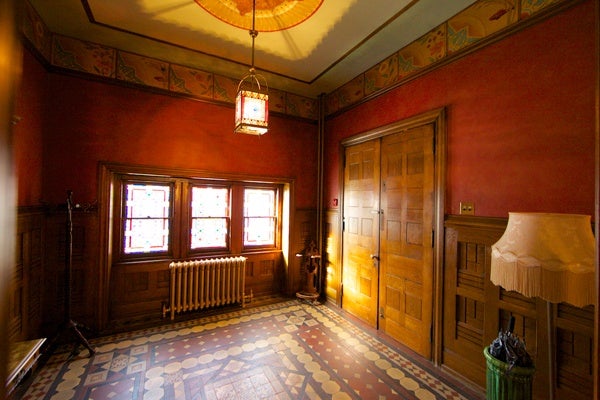
<p>The main entrance to the Knowlton Mansion in Fox Chase, Pa., still has its original stained-glass windows, also designed by Frank Furness. (Nathaniel Hamilton/for NewsWorks)</p>
-
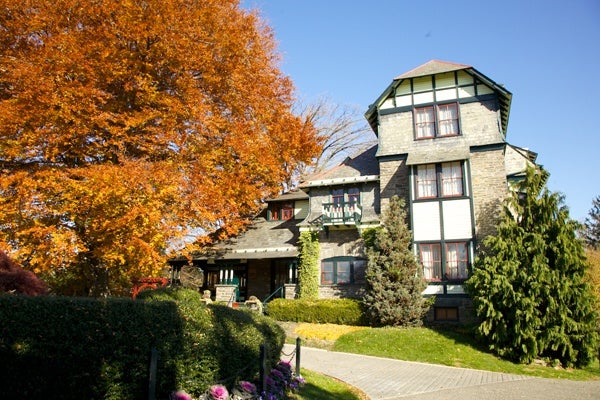
<p>Frank Furness designed the Knowlton Mansion in 1879 for the Rhawn Family. It was completed in 1881 at a cost of $32,636.16 — about $749,022 by today's standards. As architect, Furness earned $600 — or about $13,770 adjusted for inflation. (Nathaniel Hamilton/for NewsWorks)</p>
-
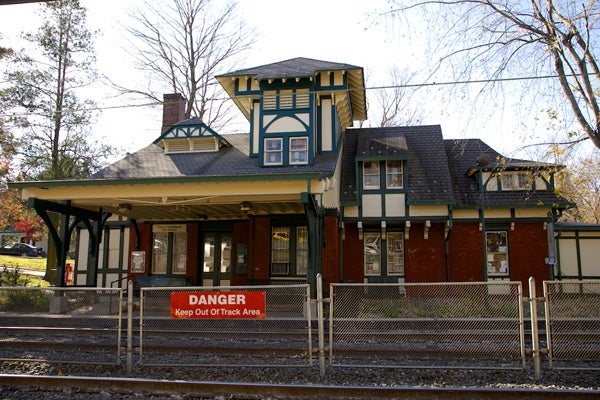
<p>Mount Airy Station, on the Chestnut Hill East Line, which once was part of the Philadelphia & Reading Railroad, was built in 1882, designed by Frank Furness. (Nathaniel Hamilton/for NewsWorks)</p>
-
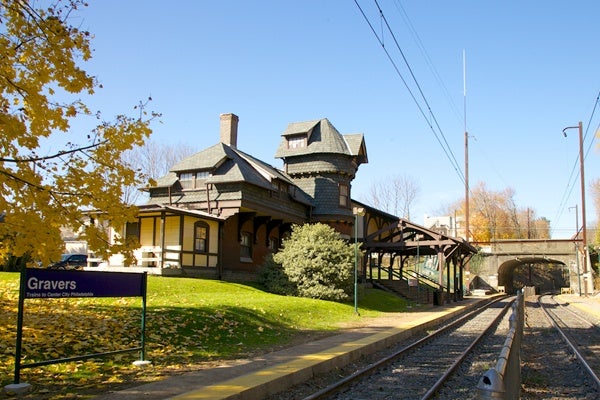
<p>Gravers Lane Station, located on the Chestnut Hill East Line, which once was part of the Philadelphia & Reading Railroad, was built in 1882, designed by Frank Furness. (Nathaniel Hamilton/for NewsWorks)</p>
-
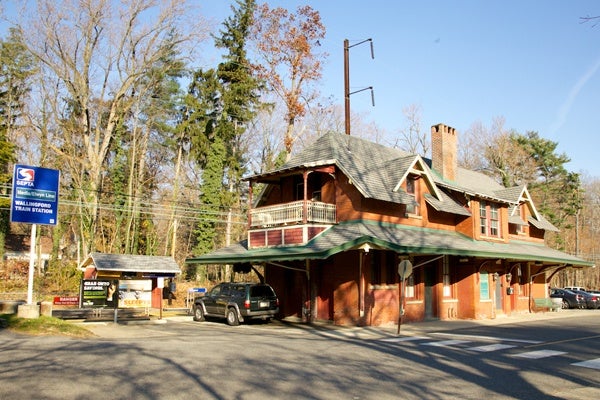
<p>The Wallingford train station, located on the Media/Elwyn SEPTA line, was built in 1890, designed by Frank Furness. (Nathaniel Hamilton/for NewsWorks)</p>
-
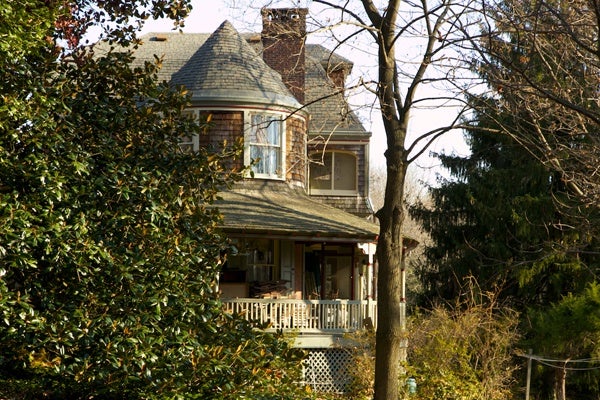
<p>Frank Furness' summer home, which he named "Idlewild," is located in Media, Pa. It was built in 1888. (Nathaniel Hamilton/for NewsWorks)</p>
-
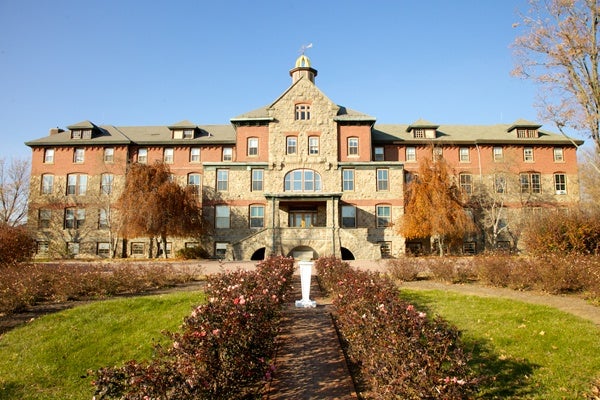
<p>On Dec. 1, 1888, Isaiah Williamson founded The Williamson Free School of Mechanical Trades. He employed Frank Furness to design the school, asking to keep it simple. (Nathaniel Hamilton/for NewsWorks)</p>
-
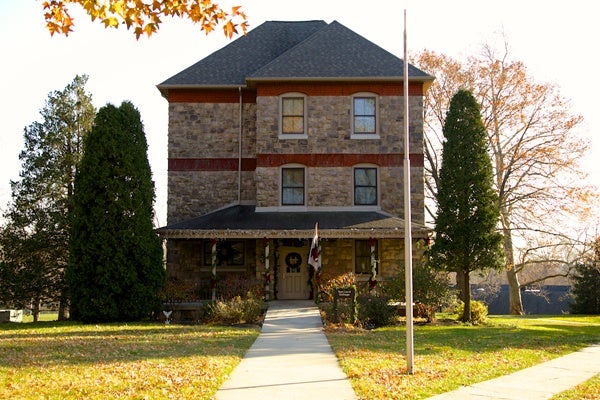
<p>This dormitory at the Williamson Free School of Mechanical Trades was designed by Frank Furness in 1889. (Nathaniel Hamilton/for NewsWorks)</p>
-
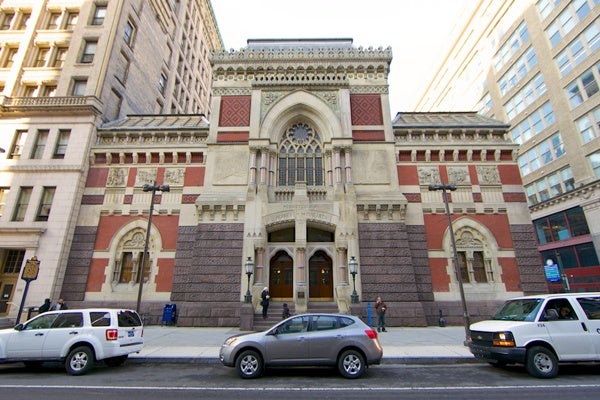
<p>The Furness-Hewitt building was built for the Pennsylvania Academy of Fine Arts on North Broad Street in Philadelphia. The building was completed on 1876. (Nathaniel Hamilton/for NewsWorks)</p>
-
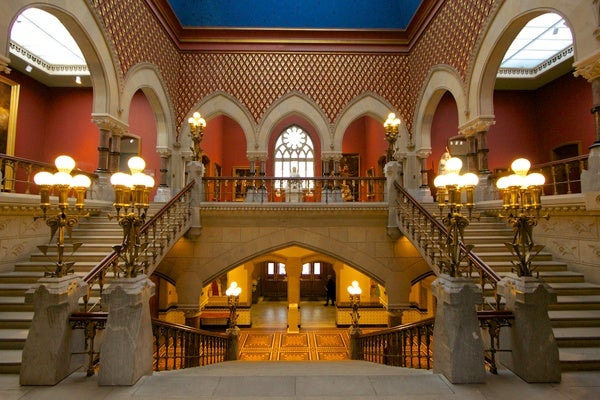
<p>The main staircase in The Furness-Hewitt building at the Pennsylvania Academy of Fine Arts. (Nathaniel Hamilton/for NewsWorks)</p>
-
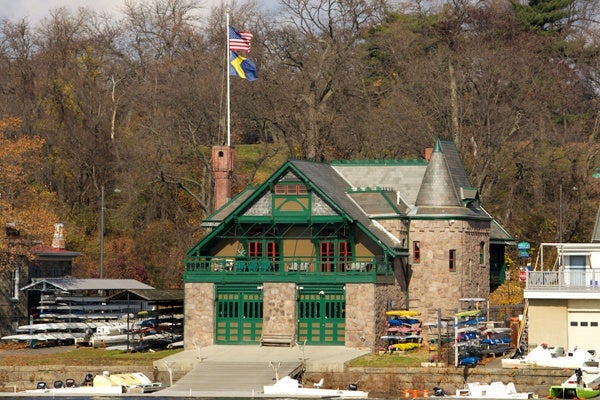
<p>The Undine Barge Club, founded in 1856 and located on the Schuylkill River, is another highly visible example of Frank Furness' work in Philadelphia. (Nathaniel Hamilton/for NewsWorks)</p>
-
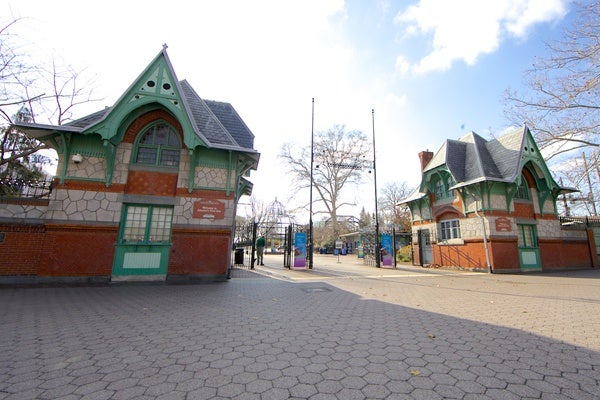
<p>The main entrance gate to the Philadelphia Zoo was designed by Frank Furness in 1875, one year after the zoo opened. It was the first zoo in the United States. (Nathaniel Hamilton/for NewsWorks)</p>
-
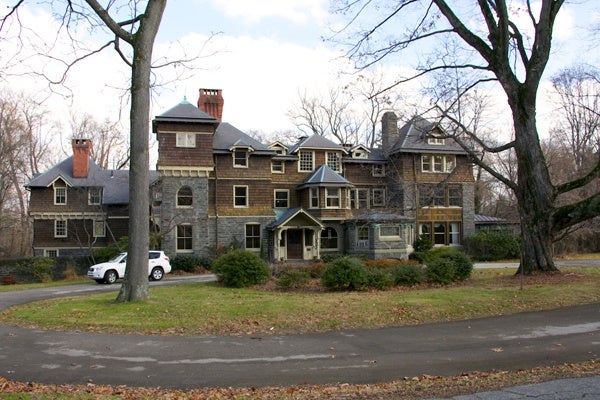
<p>The Clement Griscom House, located in Haverford, Pa., was designed by Frank Furness and Allen Evens. The residence, under near-constant construction from 1881 to 1895, encompasses Furness' architectural evolution. (Nathaniel Hamilton/for NewsWorks)</p>
-
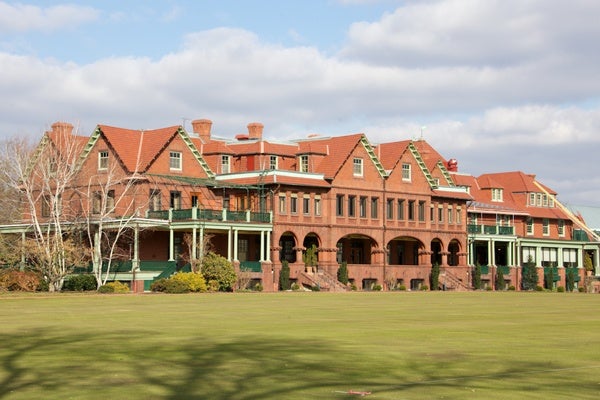
<p>The Merion Cricket Club, located in Haverford, Pa, is the sixth club house designed by Frank Furness and his business partner Allen Evans, who was one of the founders of the club in 1865. (Nathaniel Hamilton/for NewsWorks)</p>
-
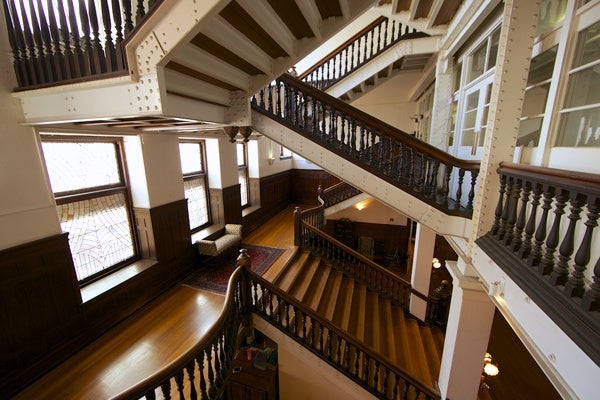
<p>Inside the Baldwin School, built in 1890, the main stairwell's exposed structural beams showcase Frank Furness' industrial style. (Nathaniel Hamilton/for NewsWorks)</p>
-
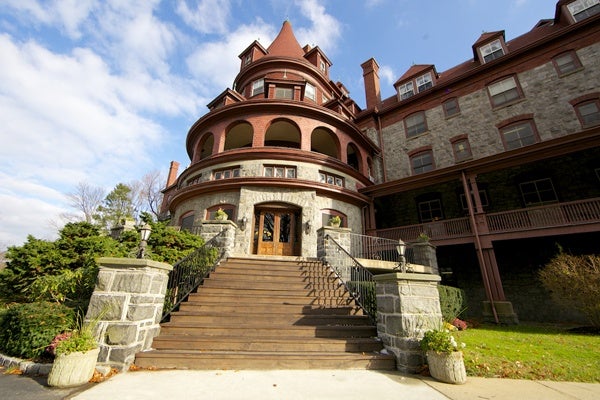
<p>The Bryn Mawr Hall Hotel, now the Baldwin School, located in Bryn Mawr, was designed by Frank Furness and Allen Evans in 1890. (Nathaniel Hamilton/for NewsWorks)</p>
Famous architect Frank Furness can claim hundreds of buildings — most in the Philadelphia area.
And it’s no coincidence that during his time and now, Philly’s been a hub for engineering. Stay tuned for Arts & Culture reporter Peter Crimmins’ story on Furness’ legacy in the region and why his work is such a good fit for Philadelphia.
For now, enjoy the photos above of Furness’ handiwork.
WHYY is your source for fact-based, in-depth journalism and information. As a nonprofit organization, we rely on financial support from readers like you. Please give today.
